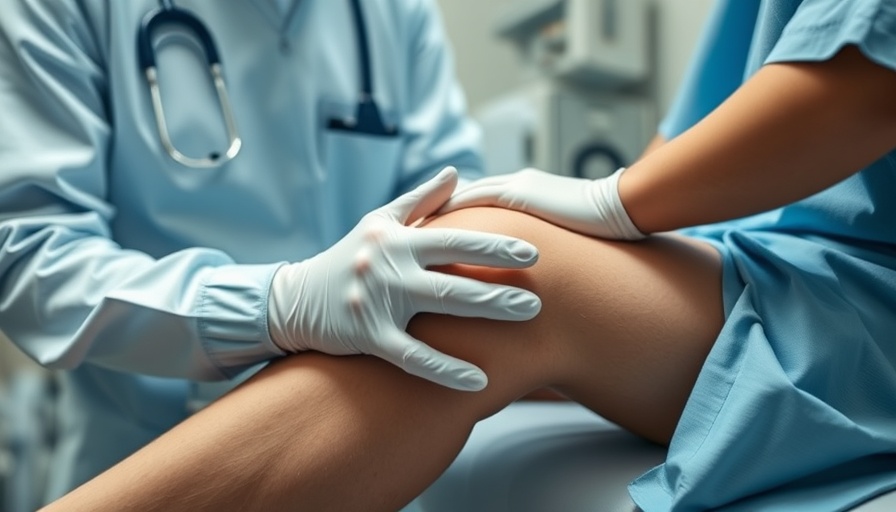
Unlocking the Benefits of Cupping in Knee Replacement Recovery
Cupping therapy has gained recognition as a supportive modality for individuals recovering from knee replacement surgeries. This ancient practice addresses critical issues such as fascia tightness, swelling, and skin elasticity, which play a vital role in recovery.
Why Cupping Matters Before and After Surgery
Before undergoing knee replacement surgery, patients often face tightness in the fascia and reduced skin elasticity, which can complicate the surgical process. Cupping helps loosen these tight muscles and prepares the skin effectively, reducing the risk of complications during the surgery.
Post-surgery, cupping continues to provide substantial benefits. It aids in lymphatic drainage, thereby minimizing swelling and promoting efficient healing without irritating the surgical site. Emphasizing a non-congestive approach by avoiding heavy cupping marks is essential for optimal recovery.
The Science Behind Cupping and Mobility
Understanding the physical demands on the knee is crucial. Each step one takes exerts pressure on the knee joint, sometimes as much as five times a person's body weight. Cupping helps alleviate some of this pressure by releasing tension in the surrounding tissues. This release can enhance mobility, reduce pain, and improve overall recovery outcomes.
Practical Considerations: Incorporating Cupping into Your Recovery Regimen
If you're considering incorporating cupping therapy into your recovery routine, it’s essential to work with a certified practitioner. They can tailor the cupping techniques specifically to your needs, ensuring that your treatment is both safe and effective. Consistent, gentle sessions can lead to lasting results in mobility and pain management.
Conclusion: A Holistic Approach to Recovery
The holistic approach of using cupping therapy alongside other treatments can significantly enhance the overall recovery process after a knee replacement. If you or a loved one is preparing for knee surgery or recovering from it, consider exploring cupping as part of your therapy regimen. By integrating this method, you may experience improved mobility, reduced pain, and a more positive recovery journey.
 Add Row
Add Row  Add
Add 




 Add Row
Add Row  Add
Add 

Write A Comment